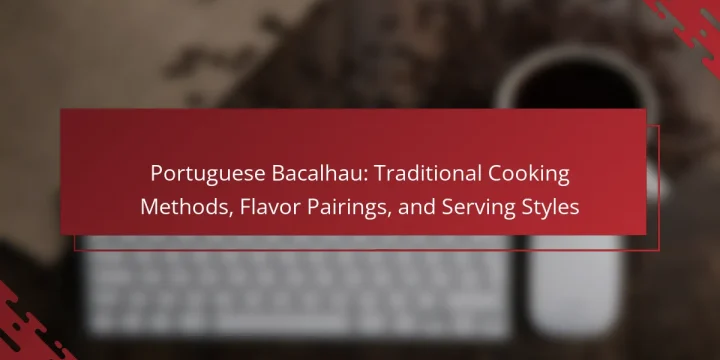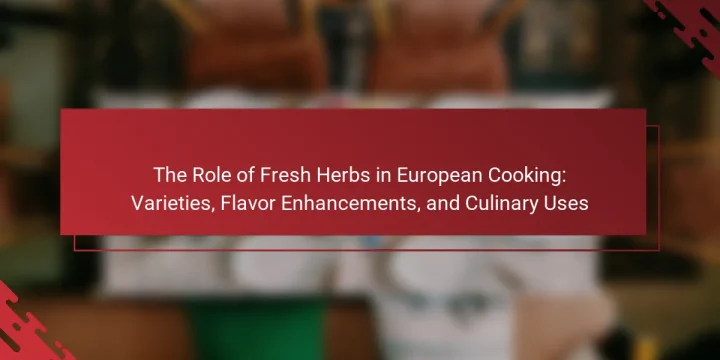
Russian Borscht is a traditional Eastern European soup primarily made from beets, characterized by its deep red color. This dish typically includes ingredients such as cabbage, potatoes, carrots, and meat, commonly beef or pork, and can be served hot or cold with garnishes like sour cream and fresh herbs. The article explores the health benefits of Borscht, noting its rich vitamin content, dietary fiber, and antioxidants that support immune function, digestive health, and blood pressure regulation. Additionally, it details various cooking methods, including boiling, sautéing, and simmering, which enhance the soup's flavor and texture, reflecting its cultural significance in Russian and Ukrainian cuisines. What is Russian Borscht? Russian Borscht is a traditional soup known for its deep red color, primarily made from beets. This dish often includes ingredients such as…







